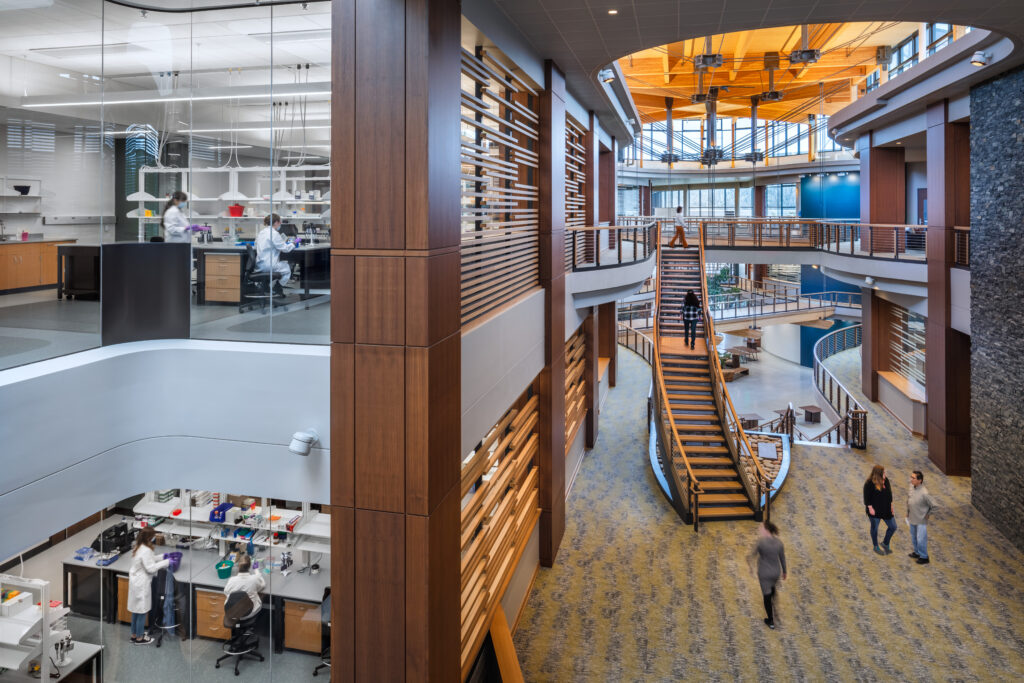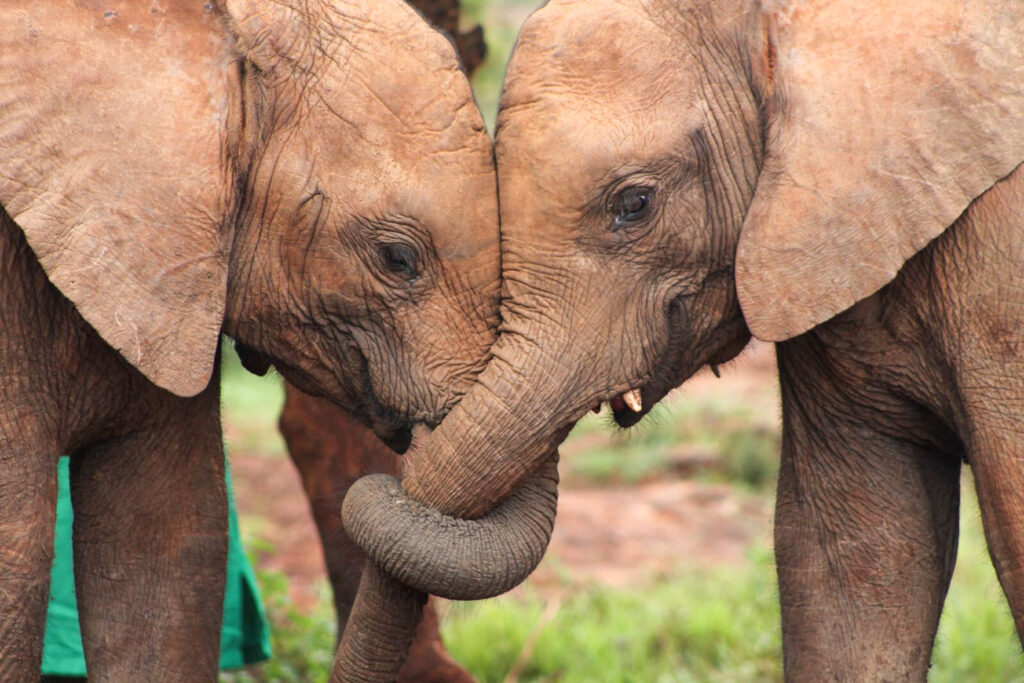At the end of July, many people across the globe were preparing to tune into the two-week, 2024 Olympic Games in Paris, France. The Olympics were slated to feature several high-profile athletes—including Simone Biles (USA, artistic gymnastics), Eluid Kipchoge (Kenya, marathon) and Marta Vieira da Silva (Brazil, football). However, in the lead-up to the Games, the International Olympic Committee (IOC) focused on a secondary player: Artificial Intelligence (AI). The IOC laid out an ambitious AI agenda aimed to enhance athlete performance, ensure fairness and optimize operations. The 2024 Paris Olympics represent a significant leap forward in integrating AI into the world of sports.

“Together, we can unlock AI’s full potential to promote solidarity, further digitalization, improve sustainability and resilience, and reinforce the role of sport in society.” – Olympic AI Agenda
Here, we explore several applications of AI in the 2024 Paris Olympics.
Continue reading “How Artificial Intelligence Revolutionized the 2024 Paris Olympics”







